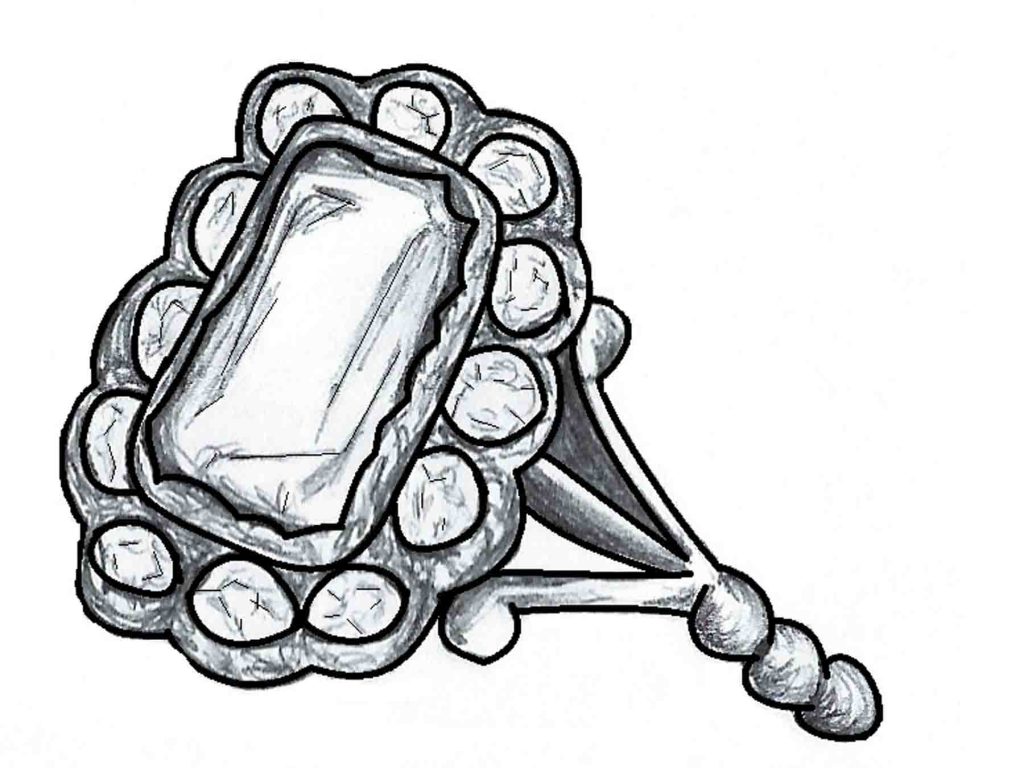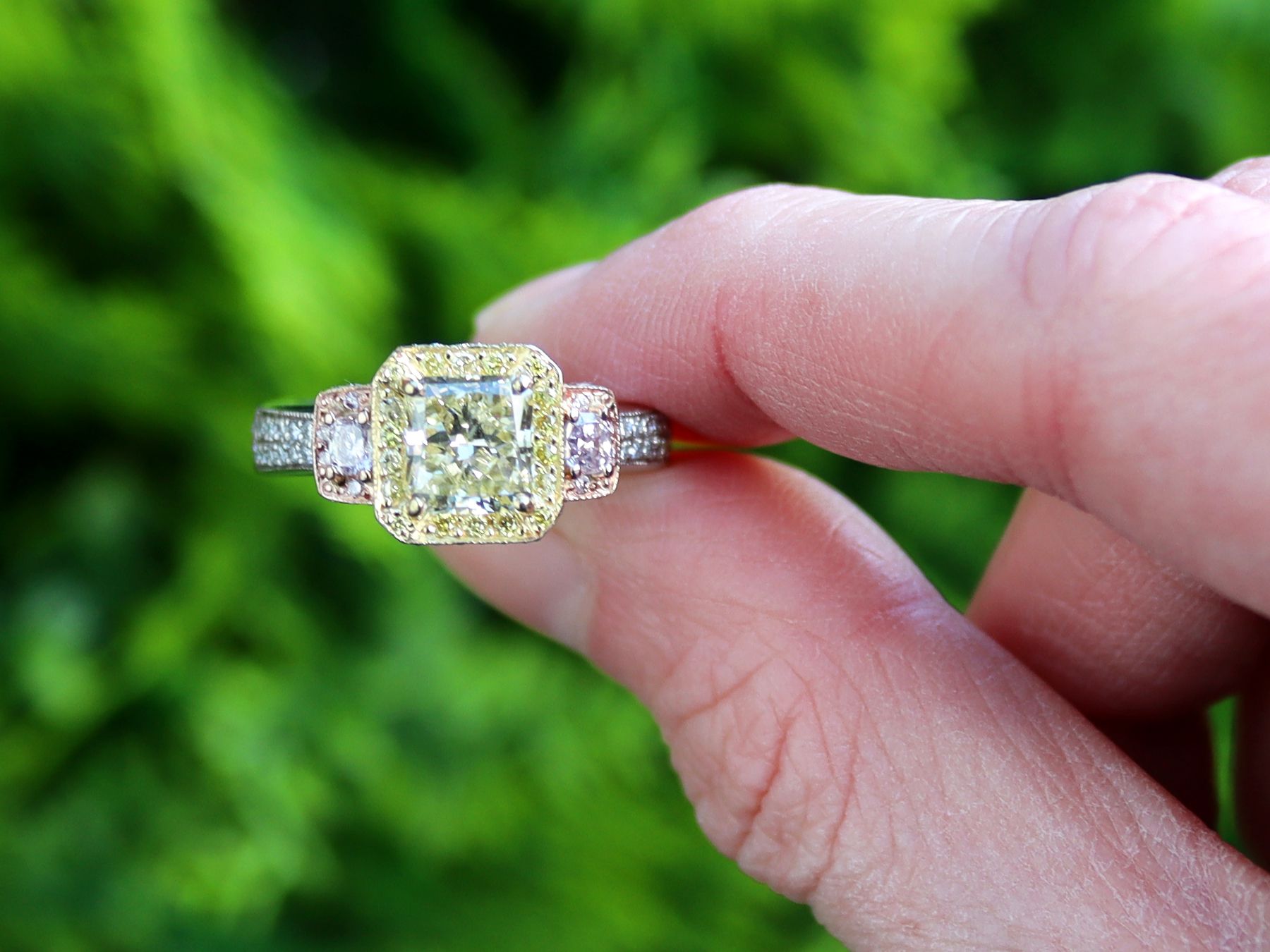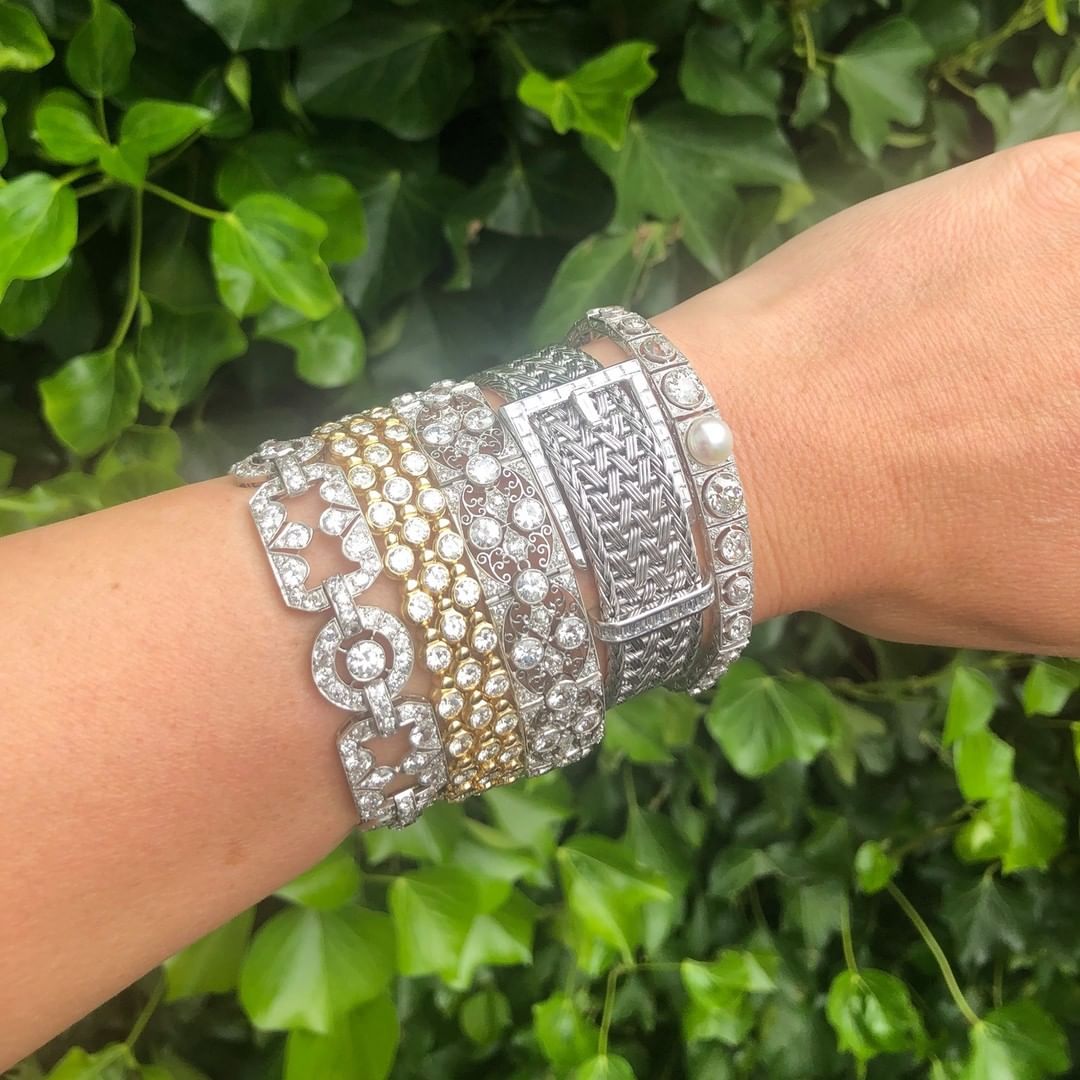Buying a ring can be difficult when you aren’t sure what you want. Or maybe you know what you want but you don’t know how to describe it. This guide is here to help you understand the anatomy of a ring, so that you know exactly what to ask for when you’re deciding on a ring purchase.
Let’s get straight to it.
The Ring
Settings
Now let’s have a look at a couple of setting styles that are very common in rings – diamond rings particularly. Knowing what setting you like is essential – especially if the ring you’re looking for is one you plan to wear every day [possibly for the rest of your life].
Cathedral
When the side of the shank – or band – extends upwards towards the centre stone, rather than lying flat beneath the head, this is called a cathedral setting. It is very popular in engagement rings, as it accentuates the centre stone wonderfully.
Bezel

A bezel setting, sometimes called a collet setting, is a setting devoid of prongs. Instead, a rim of metal holds the stone or stones in place. With this kind of setting, only the upper portion of the stones is visible. This creates a smooth setting, which often lays a lot flatter than prong-based settings. This setting is often preferred for everyday wear as it makes the ring less likely to catch, however the downside is that light can only enter from the top of the ring, therefore the stones shine with slightly less brilliance than they do with settings that display the bottom of the stones.
Basket Head
A basket head falls under the category of prong settings. Resembling a basket [shockingly], it is a useful setting as it creates more stability for the central stone than the claw-based prong settings. Basket head settings are also very easy to style into a more ornate fashion, as they can feature multiple bars for stylistic features and decoration.
Pavé

A pavé setting is one where the band of the ring has been embellished with diamonds all around. In the last few years, pavé set rings have become increasingly popular. They give off an enticing shine, so it’s no surprise that they are in such demand.
Micro-Pavé

The micro-pavé setting is the same concept as the pavé setting: a ring covered in diamonds. The only difference here is that the diamonds embellishing this setting are even smaller than those in the pavé setting.
Decoration
Halo

The halo is a common feature of engagement rings; it is a sequence of diamonds that surround the main stone of the ring. Halo designs on rings enhance the main stone, and make it appear larger.
Hidden Halo
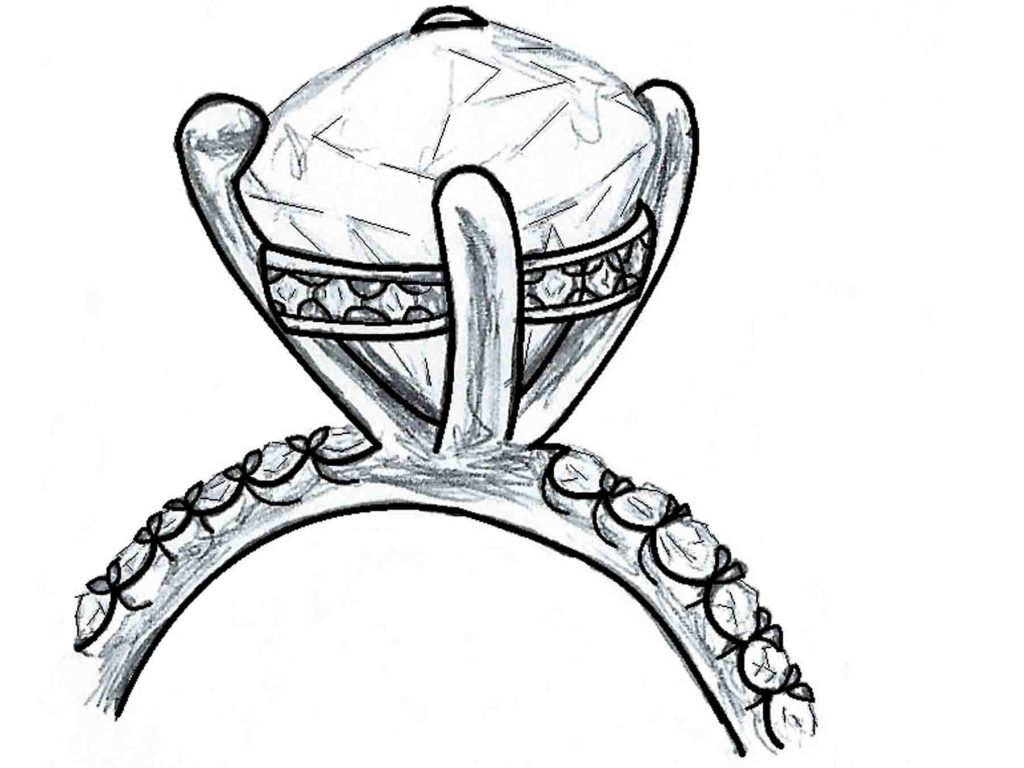
The hidden halo is the same concept as the halo, except that this ring of diamonds is set in the gallery of the ring, making it more subtle.
Eternity
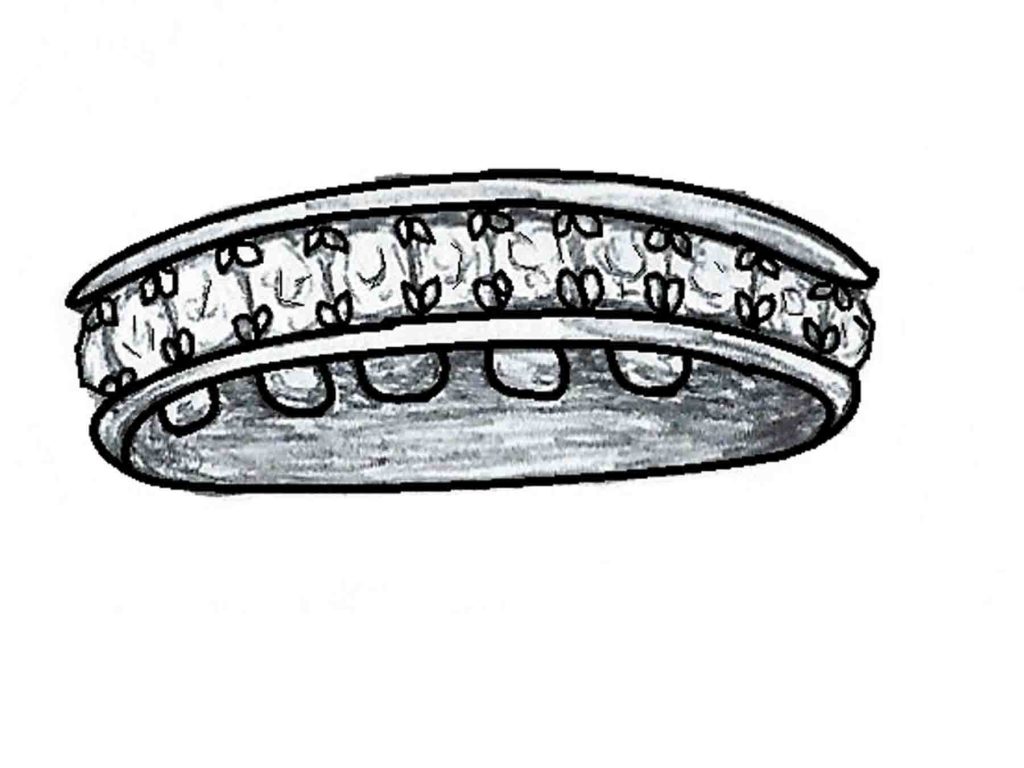
An eternity ring is referred to as either a ‘full’ or ‘half’ eternity. This is the term used to describe when a pavé or micro- pavé ring has diamonds that extend around the entirety of the band of the ring. The ‘half’ eternity is the term for when the diamonds only extend halfway around the band.
Side Stones
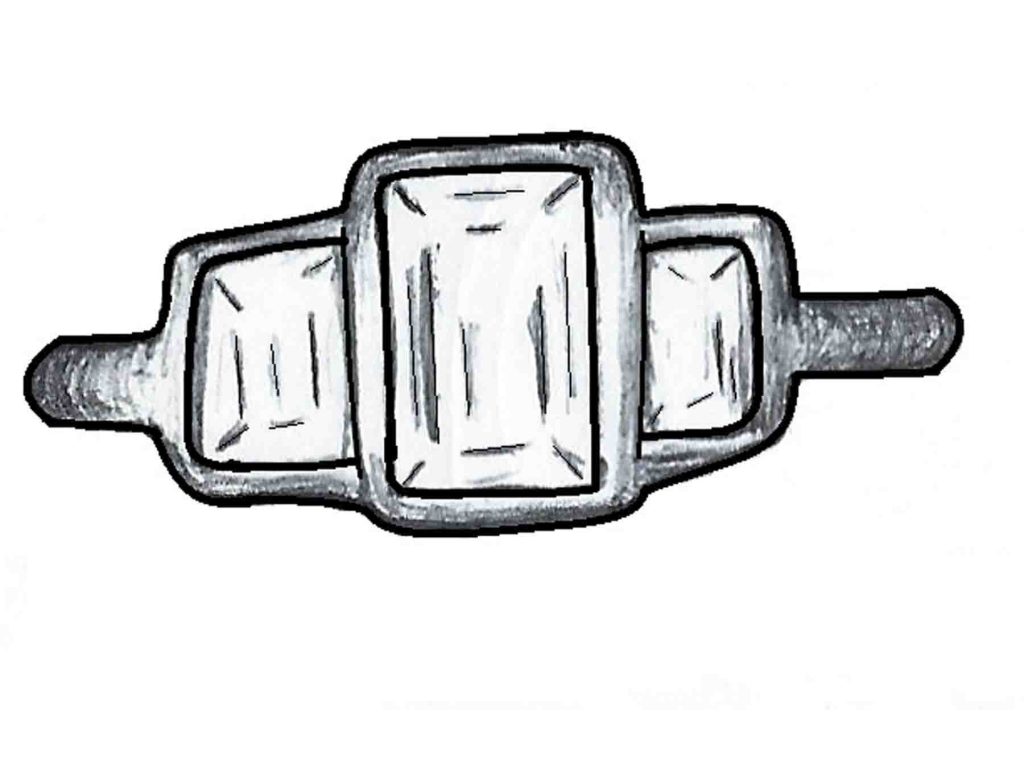
Side stones are different from accenting stones, which are the stones that decorate the shank of a ring. Side stones are set on either side of a central stone, and are typically of a decent size, comparable but not equal to the main stone.
Filigree
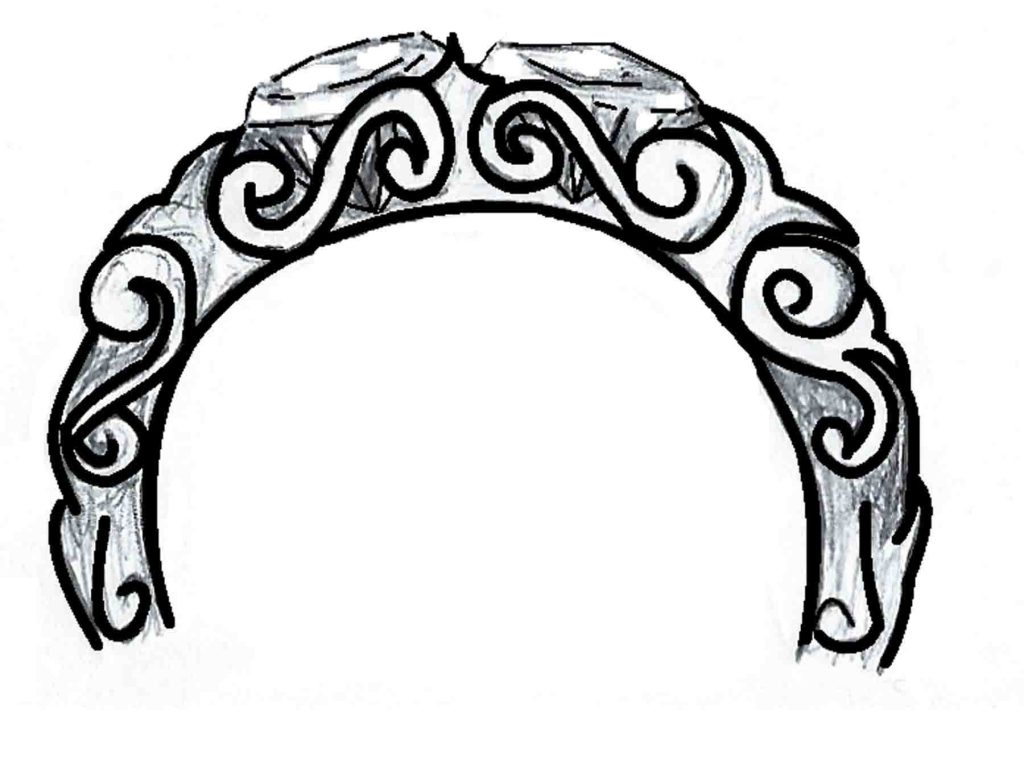
Filigree is the name given to a decorative embellishment that usually features on the shank, gallery, and/or head of the ring. Filigree designs are fairly common on antique rings, such as the ones we have in our stock. It is typically spiraling, or twisting designs.
Millegrain

Sometimes referred to as ‘beading’, millegrain is the name for the decorative style that includes using small beads of metal to create patterns on the shank of rings. This style is also useful when it comes to accenting certain settings styles, such as the pavé and bezel settings.
Now that you’re armed with the knowledge of what’s what when it comes to rings, you can feel confident in purchasing your own. Asking questions and ensuring you know what to ask for are the best ways to guarantee your satisfaction when you are shopping for rings.

